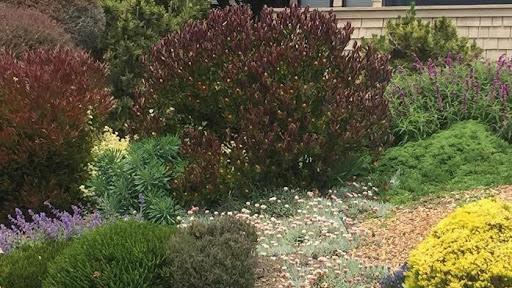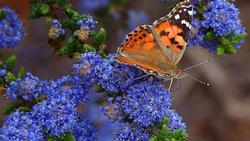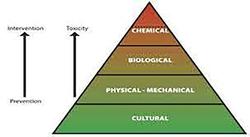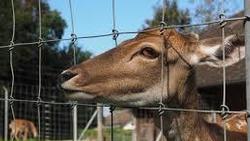What is Integrated Pest Management?

Managing plant problems
Weeds, ants, rats and gophers, snails, and slugs – these are just a few of the pests that may take up residence in your garden. A fast and easy way of dealing with unwanted creatures is to spray or bait them with a poison. These methods may work in the short term, but aren’t good for your family, pets, garden, or other wildlife that may be indirectly impacted. Rather, use an integrated pest management approach that helps you solve pest problems while minimizing the impact to people, animals, and the environment.
Integrated Pest Management:
A fancy name for common sense practices
Integrated Pest Management (IPM) is an effective and environmentally sensitive approach to pest management that relies on a combination of common sense practices. It is a decision-making process using science-based information to manage pests by the most economical means, and with the least possible hazard to people, property, and the environment.
Why use IPM?

• Help you maintain your garden as a balanced ecosystem
• Reduce or eliminate the use of pesticides that can harm air, soil, water, plants, and other living things
• Protect beneficials and natural enemies in your garden
How do you practice IPM?
The IPM process involves:
Monitoring plants to assess pest numbers and damage
Identifying the host plant and pest
Determining your threshold, either aesthetic or economic (when to act)
Taking action to manage pests, beginning with the least toxic method
Evaluating the effectiveness of the chosen method
Your interest in managing pests is based in part on your level of tolerance for a specific pest. You may not mind a couple of spiders in the garage but having an army of ants in your kitchen is not okay. A few tiny holes in your spinach is fine, but deer eating your roses may be unacceptable.
Most important - making a correct identification.
Often the trickiest, and the most important aspect of IPM is identifying the pest. Before you treat anything, you’ll want to be sure you know what you’re dealing with.
Sources to help you include:
• Reference books available at local libraries or on-line
• On-line sources like the University of California IPM website
• Local nurseries
• Master Gardener Help Desk, HelpDesk@marinmg.org
Don’t start treating a problem until you’re reasonably sure about the identification of the pest you want to manage.
Choosing methods

Cultural methods:
• Selecting plants with known disease resistance
• Maintaining healthy and vigorous plants through proper soil health and cultivation
• Changing soil type, pH, or nutrient levels
• Modifying irrigation practices; too much water can increase root disease and weeds
• Maintaining good garden sanitation

• Manually pulling weeds or hand picking insects
• Washing pests off foliage with water and pruning them out
• Installing physical barriers like fencing to keep deer out and planting in wire baskets to exclude gophers
• Using mulches for weed management
Biological methods:
• Encouraging natural enemies – birds, lizards and toads and predatory insects such as ladybugs
• Utilizing pathogenic microbes like BT (Bacillus thuringiensis) for treating caterpillars.
Chemical methods:
• Start with the least toxic chemicals like horticultural oils, insecticidal soaps, plant-derived products like neem seed extracts, and pyrethrum.
